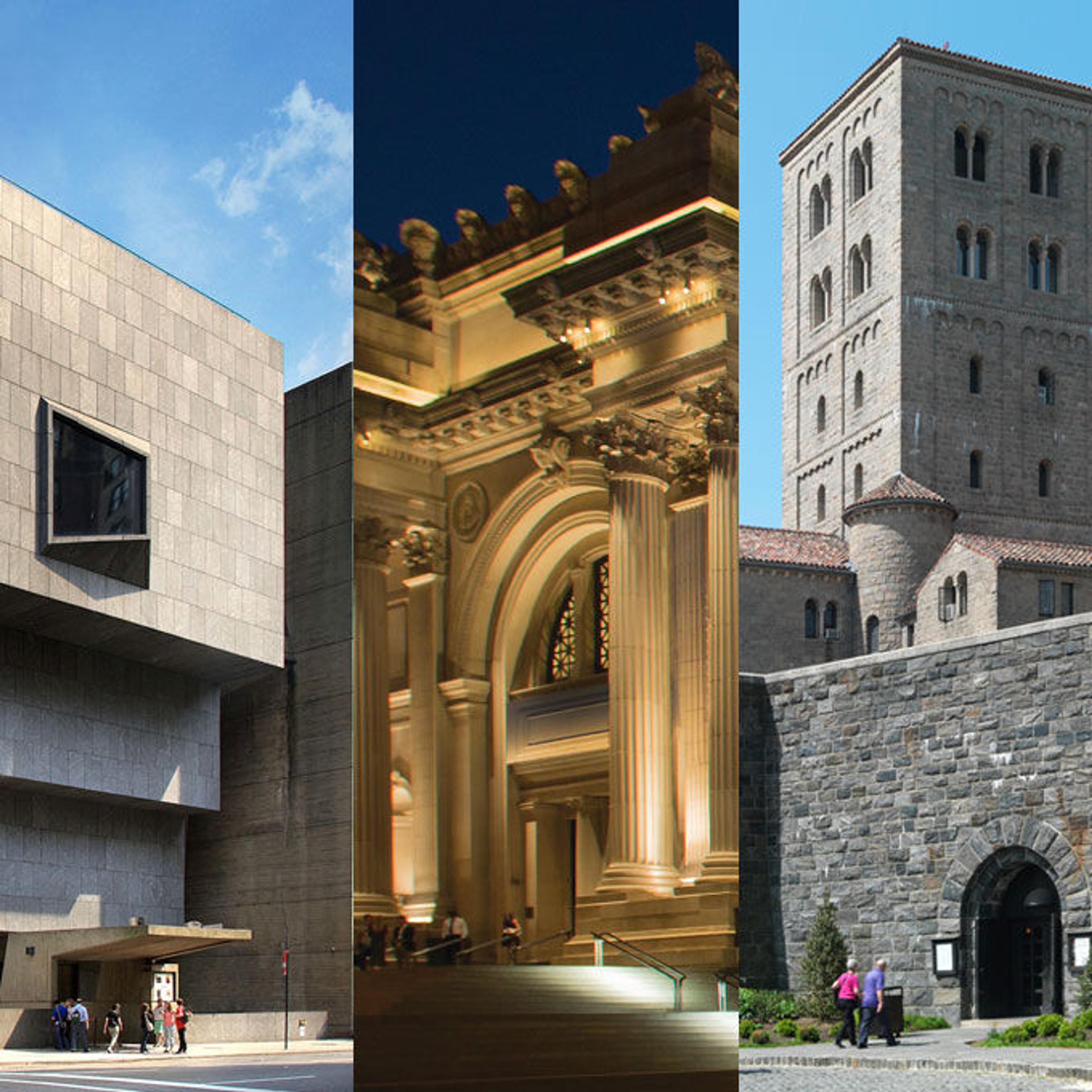«Among the gorgeous garments on display in the exhibition American Woman: Fashioning a National Identity (closing August 15) is an exquisite black evening dress attributed to Madame Marie Gerber of the house of Callot Soeurs. I spoke with Andrew Bolton, curator in the Met's Costume Institute, about the dress's bold design and glamorous, influential owner.»
Jennette Mullaney: The silhouette of this dress is a significant departure from the wasp-waisted form favored by the Heiresses and Gibson Girls of the 1890s. How did this more relaxed silhouette emerge?
Andrew Bolton:By about 1906 women had begun to discard their corsets and adopt looser gowns. Some women continued to wear the corset, obviously, but more fashionable women tended to adopt a corsetless silhouette. The principal designers who advocated a corsetless silhouette were Poiret, Paquin, and the Callot Soeurs.
Attributed to Callot Soeurs (French, active 1895–1937), Designer (attributed), Madame Marie Gerber (French). Dress, Evening, 1910. Silk, metal; Length at CB: 48 1/2 in. (123.2 cm). Brooklyn Museum Costume Collection at The Metropolitan Museum of Art, Gift of the Brooklyn Museum, 2009; Gift of Mercedes de Acosta, 1954 (2009.300.1198).
Jennette Mullaney: And why did they advocate it?
Andrew Bolton:Partly, they were inspired by the dress reform movements of the late nineteenth century. More importantly, perhaps, they were inspired by the Orientalism that was pervasive in the arts during the early twentieth century. For many designers, the imagery of Eastern cultures offered a freedom from the traditions and conventions of the West. You see the influence of Orientalism in this dress, a one-piece bifurcated garment draped between the legs like the Indian dhoti.
The design would have been very outré in 1910, when it was made. Rita Lydig, who was the owner, favored this silhouette. Rita was very adventurous in terms of her self-presentation.
Jennette Mullaney: She was a style icon.
Andrew Bolton:Absolutely. She was also a muse to many artists—Boldini, Ignacio Zuloaga. Artists were very much inspired by Rita's singular style and beauty.
Jennette Mullaney: Many of the Bohemians were involved in the arts. Does the design of this dress reflect contemporary artistic movements?
Andrew Bolton:It reflects Orientalism and the influence of Sergei Diaghilev's Ballets Russes, especially the artistry of Diaghilev's designer, Leon Bakst.
Rita was a great patron of the arts. Caruso, Puccini, Rodin, and Sargent, among others, were all entertained at her house on Fifty-second Street in New York. Rita was also a great collector. She collected majolica, tapestries, and Chippendale furniture. She was also a passionate collector of seventeenth- and eighteenth-century lace, and would commission the Callot Soeurs, who were specialists in lace, to create vests, tunics, and blouses out of her collection. Rita would have worn this dress with one of her lace vests.
Rita was known for ordering the same design in different colors. There are three extant examples of this design in ivory, raspberry, and black. All three are on display in the American Woman exhibition. Two are shown with lace evening vests. I chose to show the black design without a vest, so you can see the details of its construction in greater detail.
Jennette Mullaney is associate email marketing manager in the Department of Digital Media.
